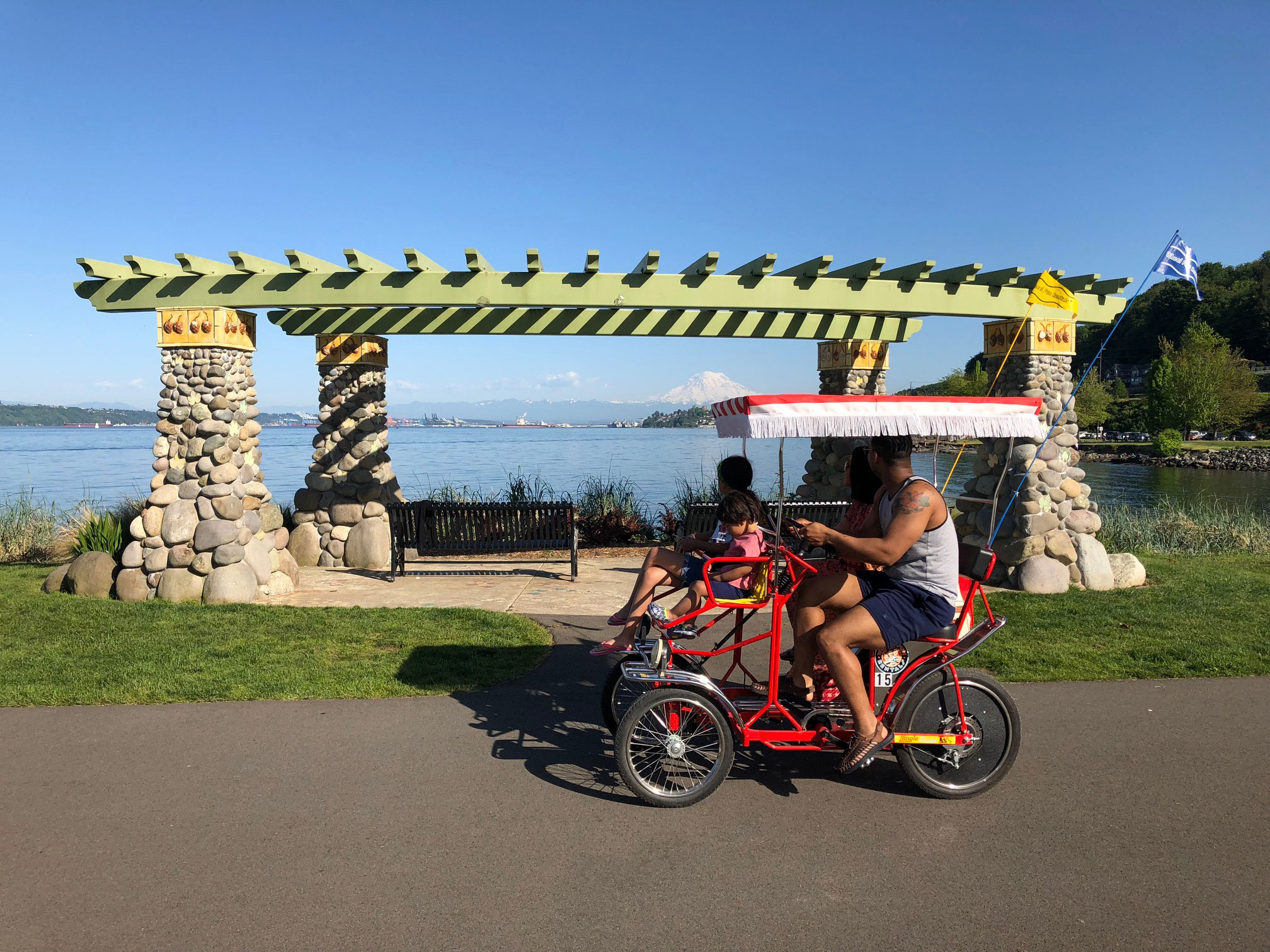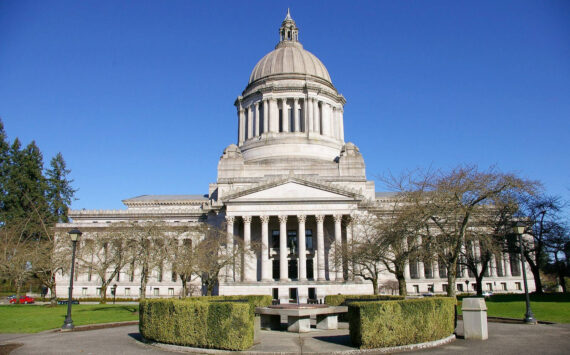By Morf Morford
Tacoma Daily Index
Tacoma, like any urban palette, is always continually reworked and reformulated.
Some historic sites, like the Top of the Ocean, are gone forever and live on only in myth and legend.
Others are gone at one level, but their presence, for better or worse, lingers.
But each one contributes a strand or two to the ever-changing fabric and texture of our city.
The ASARCO smelter is one of those.
Gone now, except in photographs and a few memories, the ASARCO smelter, at its peak, refined one-twelfth of the world’s copper; and for most of its existence smelted 60,000 ounces of gold and 450 ounces of silver annually. The stack, erected in 1917, the highest in the world back then, rose 571 feet above its base.


It was an engineering accomplishment – made of 2.5 million bricks and about 5,000 tons of mortar (and yes, it was virtually all hand-made).
From 1890-1912, lead was smelted and refined at ASARCO, then they switched mainly to copper smelting until the smelter closed in 1985.
The landfill and peninsula began to be created in the 1940s, as molten slag by-products, by the ton, were dumped into Commencement Bay.
If you see any exposed, it is immediately recognizable – it looks like volcanic lava. If you see it, imagine it molten and bubbling at several hundred degrees – and saturated with toxic metals like arsenic, cadmium, copper, lead, and zinc which flowed into the soil, air and bay.
If you know any Tacoma old-timers, they might remember seeing the red-hot slag sizzling as the workers dumped it into the bay.
Yes, that means that the new 11 acre corner of Pt. Defiance near the Tacoma Yacht Club (named Dune Peninsula) is made entirely of toxic industrial waste – 23 acres total.
Even now, studies of the track of air-borne emissions find high levels of arsenic in the soil around the smelter site, North Tacoma, Vashon Island, Gig Harbor, Federal Way, and many other areas.
The smelter and its supporting facilities, spread across 67 acres, was one of Pierce County’s largest employers for many years.
For most of its years in operation, it provided about 40% of Ruston’s tax revenues.
Smelting ore requires continuous intense heat, and except for those rare days of repairs or maintenance ASARCO operated 24 hours a day, 365 days a year.
Besides the molten slag being continually poured into Commencement Bay, a near-constant ash/dust combination fell on the surrounding area.
ASARCO provided free car washes to local residents once a year, to make up for smelter ash damage.
The Pierce County Health Department and the Washington Department of Ecology have done numerous studies on the smelter’s lingering air pollution effects. (1*)
And then time, and other thieves (as Joni Michell put it) did their work. Bricks came loose, dare-devils and protesters climbed it and the accumulations of grime, salt air and heavy metals corroded the stack until it was finally demolished in 1993.
It sat abandoned, as one of America’s most polluted superfund sites, for years.
But you’d never know it now.
Once again, a few people with a vision took a forlorn site that held much promise and many complications and made it something unique and remarkable.


Point Ruston, certainly one of the liveliest and attractive areas of Pierce County – https://www.pointruston.com/ – sits on that site now.
The hill above Ruston Way is named Stack Hill, in tribute to the smokestack that once stood there. In a historic neighborhood, this is the one area of entirely new homes.
At Point Ruston you can find a burger and whiskey bar named Stack 571 – a name that reflects both the stack and its height. I go there with my grandkids, and they, like everyone else, marvel at the views and the many things to do and see there. (2*) And, of course, it is home (or will be) to about three thousand people.
By any standard, it’s a beautiful place.
The next time you go there, be sure to notice how many people are taking pictures of themselves or the scenery.
Like every place, it has a history. And the history, to some degree, still defines, or at least adds a layer to its identity.
(1*) If you want to know more, check out the Department of Ecology site at https://ecology.wa.gov/Spills-Cleanup/Contamination-cleanup/Cleanup-sites/Toxic-cleanup-sites/Tacoma-Smelter/History-studies
(2*) Including a farmers market and concert series beginning in June.








